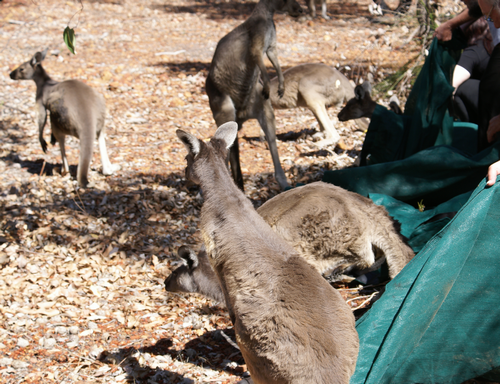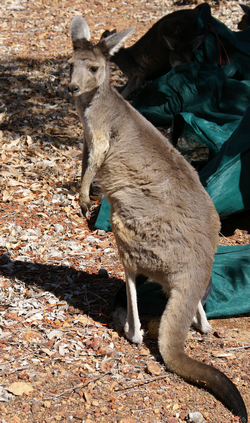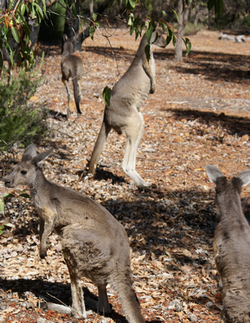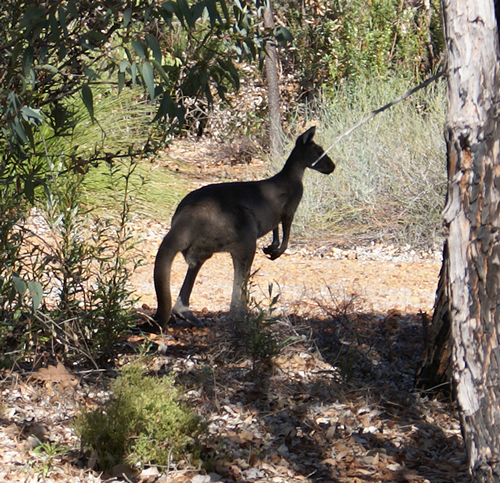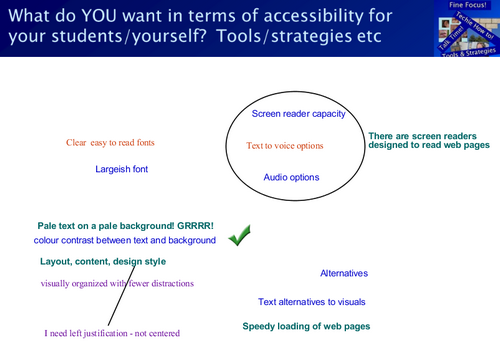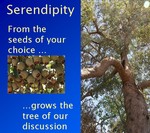Introduction
Time for one of those posts about where I live rather than specifically education related.
This morning we had an exciting visit from members of one of our local wildlife sanctuaries. There are a number of these sanctuaries around the state who rescue and rehabilitate injured and orphaned wildlife. The purpose of this morning’s visit was to re-introduce some orphaned kangaroos into the wild by releasing them on our block! We already have a regular “mob” of kangaroos who break up into smaller groupings at various times of the year. These ‘roos don’t live exclusively on our block but range across several adjacent properties – ours is just one that they visit.
A bit of general “stuff” about kangaroos
Kangaroos are frequent victims of traffic on our roads. When females are killed or injured their young in the pouch (joeys) may well survive unhurt. However unless they are rescued they can’t live long once their mother is dead. Kangaroos are born very tiny and immature and once they reach the pouch they attach to a teat and remain out of sight in the pouch for several months.
Rescued joeys are raised in artificial pouches – often woollen bags – and bottle fed with milk. Eventually they reach a size where they can live outside the pouch and feed on the normal types of food eaten by adult kangaroos. Before release the young kangroos of mixed ages get used to living together as a group in a large pre-release enclosure where they have far less human contact than during the raising phase. Finally a number will be released into the wild – this is what happened here today.
The release
The team had successfully caught 15 young ‘roos from their large enclosure. They arrived in a convoy of cars in mid-morning. All very exciting as we hadn’t really expected quite so many ‘roos or quite so many people!
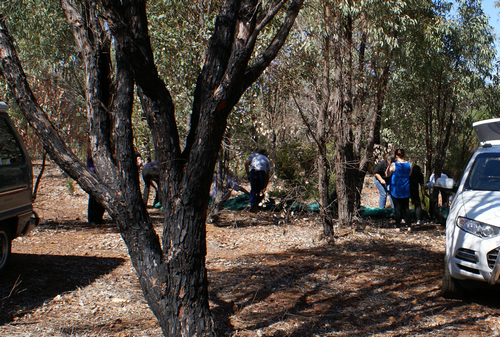 The first step was unloading the young kangaroos from the cars. They had travelled in woven mesh bags and were very mildly sedated so they they wouldn’t panic either in transit or when released.
The first step was unloading the young kangaroos from the cars. They had travelled in woven mesh bags and were very mildly sedated so they they wouldn’t panic either in transit or when released.
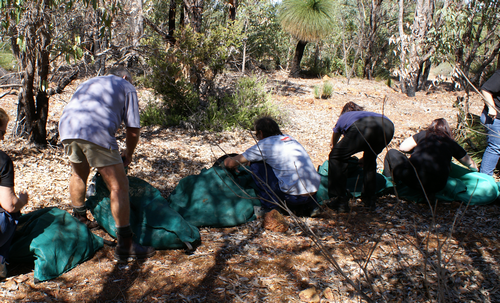 The next step was to lay the travel bags out in a line, all “facing” in the same direction, and to unfasten them without actually releasing the occupants. A tricky activity this as there were more ‘roos than people.
The next step was to lay the travel bags out in a line, all “facing” in the same direction, and to unfasten them without actually releasing the occupants. A tricky activity this as there were more ‘roos than people.
Releasing (in theory) is simultanous, of course it wasn’t quite like that but very nearly
Once out of their travel bags most of the kangaroos stayed around for at least a few minutes getting used to their new surroundings.
Then it was time to explore as they began to move away from the release spot.
By the time the team had collected the bags unloaded some transition food for us to help tide the ‘roos over steadily to foraging completely for themselves most of them had moved away into the surrounding pockets of bush to investigate their new surroundings.
We expect them to stay mostly hidden during the day and to come out to the release spot for water and some transitional food. We hope they will sort out a pecking order with our regular visiting mob and join in with them to form a larger mob where the new introductions integrate into the structure and eventually breed.
All in all an exciting and satisfying experience!

